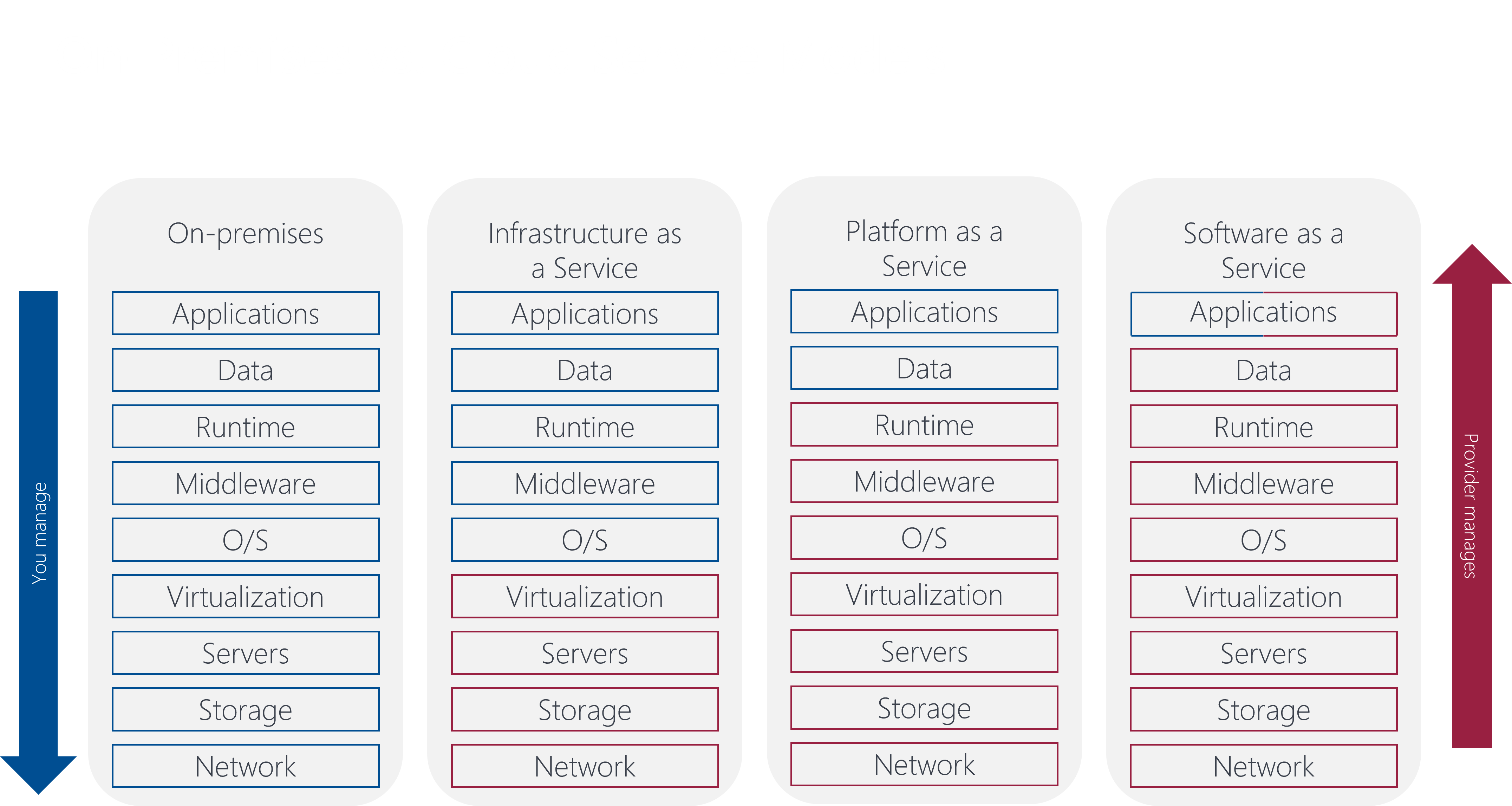xSuite Blog
Expert Knowledge on Digitalization & Automation of Business Processes

xSuite Blog
Expert Knowledge on Digitalization & Automation of Business Processes
Cloud Trends: XaaS and Public Cloud
Topic: Cloud

The cloud has matured into an established architecture for business-critical applications and processes. We see this as an opportunity to take a closer look at the IaaS, PaaS, SaaS and XaaS service models as well as the on-premises, private cloud and public cloud deployment types. In this article, we will discuss how these models and approaches differ and where the trend is headed.
Paradigm Shift: The Cloud Is the New Normal
VPN connections, external data centers, web applications and online services – cloud technologies have been around for a while now. Nevertheless, up until recently the public cloud, in particular, had not been taken seriously. Instead, it had been dismissed as a technological toy for early adopters, that’s unsuitable for critical business applications and data.
At a time when the Nordic countries or the Netherlands, for example, already embraced cloud concepts, other countries were still hesitant, specifically in the German-speaking region. Data protection and security, scalability and reliability, integrability and functional scope were used as arguments against cloud solutions.
However, general opinion has changed significantly over the last 2-3 years. Today, cloud solutions are used as a matter of course throughout all sectors, and many companies have even adopted a “cloud first” strategy.
This shift in opinion is supported by hard facts: According to the Bitkom Digital Office Index 2022, 60% of companies in Germany currently use private cloud ECM solutions and 38% use public cloud solutions. 20% of them take a hybrid approach, meaning they draw on both the private and public cloud. In contrast, only 19% of respondents use on-premises ECM solutions. This gives rise to the following two conclusions:
Cloud solutions have become significantly more relevant for business processes than on-premises solutions.
While the public cloud is well behind the private cloud, it is still twice as popular as on-premises installations.
Deployment Models: Public, Private, On-Premises
So how exactly do the deployment models differ? On-premises is the “traditional” model. As the name implies, the solution is operated “on the premises” of the organization. In other words, the IT systems are located in the company’s own data center.
The cloud thus constitutes the opposite of on-premises since “cloud” implies that the IT system is being hosted elsewhere and is accessible through some form of online access.
The cloud is separated into two spheres, the “private” and “public” cloud. In a private cloud, the cloud system is provided exclusively for a single corporation as the user. Public cloud, on the other hand, means that the cloud system can manage multiple tenants – i.e., the same system can be used by multiple user companies at the same time.
Service Models: IaaS, PaaS, SaaS, XaaS
Cloud models also differ on a more subtle level – namely in terms of their service level. This level defines how much administration work is performed by the cloud provider and what tasks are handled by the users themselves.
The entry level service is called Infrastructure as a Service, or IaaS for short. Representative examples include the lease of virtual machines and storage space booked in an external data center. Here, the user generally takes care of everything aside from the hardware.
The next level is Platform as a Service (PaaS). In addition to VMs and storage, this entails the operating systems, middleware and runtime. In the SAP world, the most widely known PaaS is the SAP Business Technology Platform.
Software as a Service (SaaS) provides the highest service level. Here, even the applications themselves are operated and managed by the cloud provider. Users still have some control via configuration, but administration fully rests with the cloud provider. The following table offers a detailed overview:

In addition to these basic models, numerous related terms have emerged, such as Storage as a Service (StaaS), Backend as a Service (BaaS), Desktop as a Service (DaaS), Integration Platform as a Service (IPaaS) etc. This multitude of new approaches clearly underscores the trend to outsource more and more administrative tasks to cloud providers when moving into the cloud.
The epitome of this trend is XaaS, Anything as a Service. The goal here is to implement the “as a service” idea in as many areas as possible. Combining different approaches allows companies to achieve the maximum level of service offered by cloud providers. This approach frequently goes hand in hand with a “cloud first” strategy. The idea is to outsource as much as possible to the cloud at all levels in order to minimize the company’s own IT workload.
Topic
- AP Automation (28)
- Digitalization (28)
- SAP (18)
- Cloud (15)
- S/4HANA (10)
- E-Invoicing (9)
- Skills Shortage (6)
- Supplier Portal (6)
- AI and Machine Learning (5)
- Procurement (5)
- Invoice (5)
- GDPR (4)
- Software Development and Implementation (4)
- xSuite Group (4)
- Archiving (3)
- Usability and User Experience (3)
- RPA (2)
- Dynamic Discounting (1)
- Blockchain (1)
- Incoming Mail (1)


